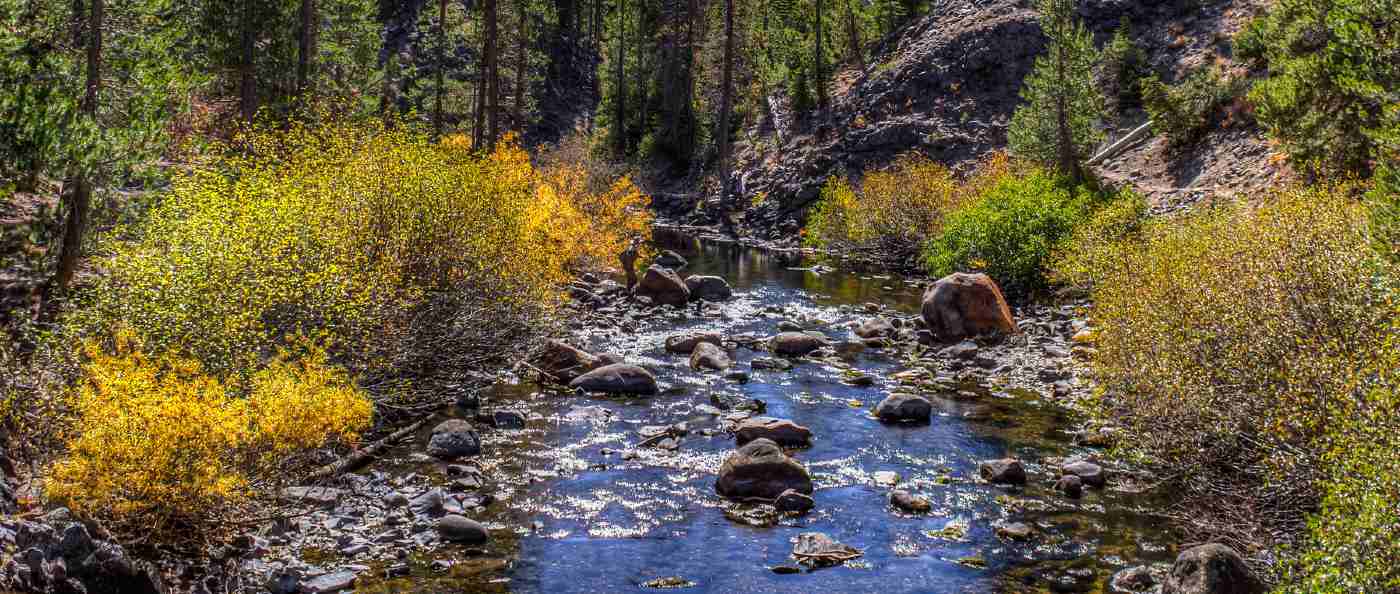Across the United States, 69 river dams were removed from American rivers in 2020, opening up 624 miles of waterways to flow freely.
The work was undertaken with the guidance of American Rivers, a national non-profit that works to restore rivers to their natural state.
More than 90,000 dams block rivers across the U.S, but while many might not think of this as a problem, the relentless damming of American rivers over the decades has created significant detriments to the environment.
Along with disrupting riverine ecosystems, inland marshes, and wetlands—which are important ecosystems for many birds—dammed rivers can also dry up downstream from where dams are built.
Damming has been happening for centuries in the U.S, as GNN reported last year, piling up legacy sediment and choking rivers. But even more modern dams can be major hazards to rivers and the habitats they fragment while soaking up infrastructure tax dollars.
In 2020, dams were removed in South Carolina, Indiana, Washington, Montana, New Hampshire, and 18 other states—helping connect populations of salmon species like Chinook, coho, and pink, as well as steelhead, cutthroat, and bull trout, Bartram’s bass, greater redhorse, longnose dace, and northern brook lamprey—the latter three of which are threatened or endangered in the U.S.
The removal of one dam a mile upstream from its confluence with the St. Joseph River, the Elkhart River Dam, has helped re-open a key migration route for more than 50 fish and other species moving out of the St. Joseph.
Large contributions to the 2020 dam removal projects were made by Indian nations such as the Nooksack and Lummi.
“We’re salmon people. So the salmon is very sacred and very important to the tribe,” said Merle Jefferson, Director of the Lummi Nation’s natural resources department, in a video.
MORE: Salmon Spawning for the First Time in 80 Years in the Upper Columbia River
A 16-mile stretch of culturally sacred salmon habitat collapsed after a dam was built diverting the Middle Fork Nooksack River near Bellingham, Washington.
Removing that dam not only gave the salmon back their habitat, but the Lummi back their culture. The Tulalip Tribes is another group that recovered their ancestral salmon habitat, this time along the Pilchuck River in Washington state, where two separate dams were completely removed.
In most cases, dams were built long ago to fortify industry, or to supply fresh water and irrigation. As technology and population densities have changed over the decades, a surprising amount of dams are powering or assisting nothing, and instead act as irrelevant tax leeches.
RELATED: Volunteers Remove 9,200-lbs. of Trash From One of the Dirtiest Rivers in the US
Reopening rivers, as American Rivers has shown, also brings back some economic opportunity to communities by increasing recreational fishing and boating, as well as replenishing local fish stocks that can be sold.
Featured image: David Seibold, CC license
DON’T BLOCK the Good News—Share it With Your Friends…




















